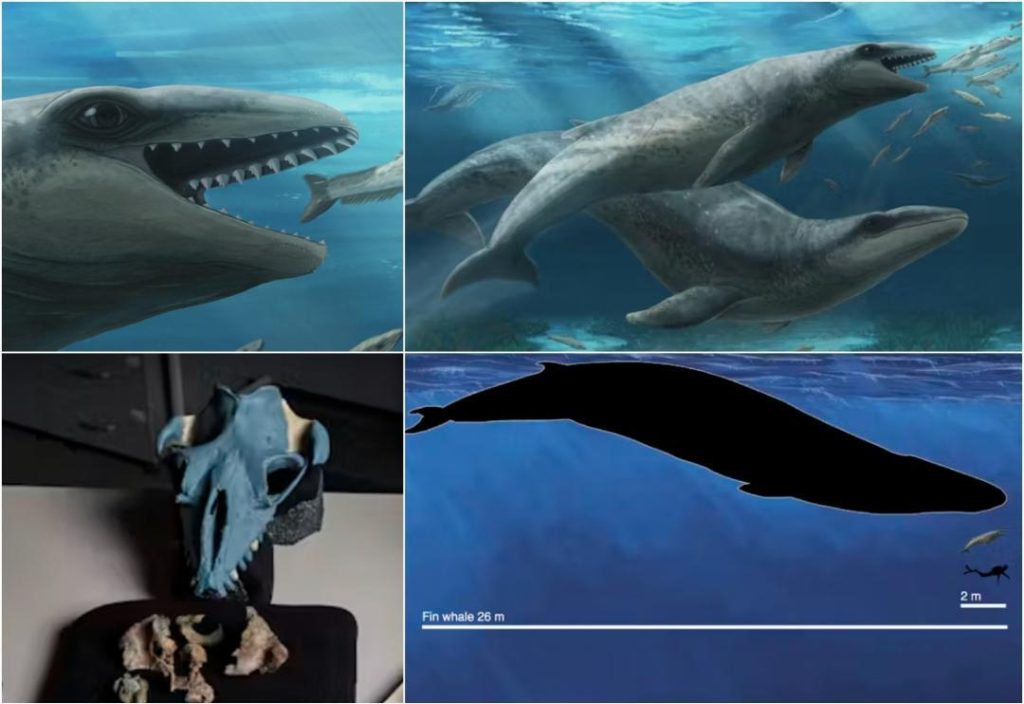
Weird Mashup of Whale, Seal, Pokémon: Scientist on 25 Million-Year-Old Whale Fossil
In a fascinating discovery, researchers have unearthed a 25 million-year-old whale fossil on an Australian beach, which has left scientists stunned. The fossil, named Janjucetus dullardi, is a peculiar combination of a whale, a seal, and a Pokémon, and its appearance is deceivingly cute. The predator whale, which measures the size of a dolphin, boasts a short snout, large eyes, and razor-sharp teeth.
The discovery was made by a team of researchers led by Erich Fitzgerald, a scientist at Museums Victoria. According to Fitzgerald, the species is unlike any other known whale fossil, and its unique features have left them scratching their heads. “It’s a weird kind of mash-up between a whale, a seal, and a Pokémon,” Fitzgerald said in an interview. “It’s got a short snout, large eyes, and razor-sharp teeth. It’s deceptively cute, but it was a predator.”
The fossil was discovered on the beach in Victoria, Australia, and is believed to have lived during the late Oligocene epoch, around 25 million years ago. The discovery provides significant insights into the evolution of whales and the diversity of marine life during that period.
So, what makes Janjucetus dullardi so unique? For starters, its skull is unlike any other known whale fossil. It has a short, broad skull with a flat face and a distinctive shape, which is reminiscent of a seal’s skull. The fossil also has large eyes, which were likely used for spotting prey in the dark depths of the ocean.
But what’s most striking about Janjucetus dullardi is its teeth. Unlike most whales, which have baleen plates for filtering tiny fish and krill, this ancient predator had razor-sharp teeth perfect for catching and devouring larger prey. In fact, its teeth are more similar to those of a great white shark than any known whale.
So, how did this weird and wonderful creature come to be? According to Fitzgerald, Janjucetus dullardi likely evolved from a common ancestor with modern seals and sea lions. Over time, it developed a unique set of characteristics that allowed it to thrive in its environment.
The discovery of Janjucetus dullardi provides a fascinating glimpse into the evolution of marine life during the late Oligocene epoch. It’s a reminder that the ocean has always been a dynamic and diverse environment, with creatures emerging and evolving in response to changing conditions.
As scientists continue to study the fossil, they’re likely to uncover even more secrets about this ancient predator. But for now, we can marvel at its unique appearance and imagine what it might have been like to encounter this weird and wonderful creature in the ancient ocean.






